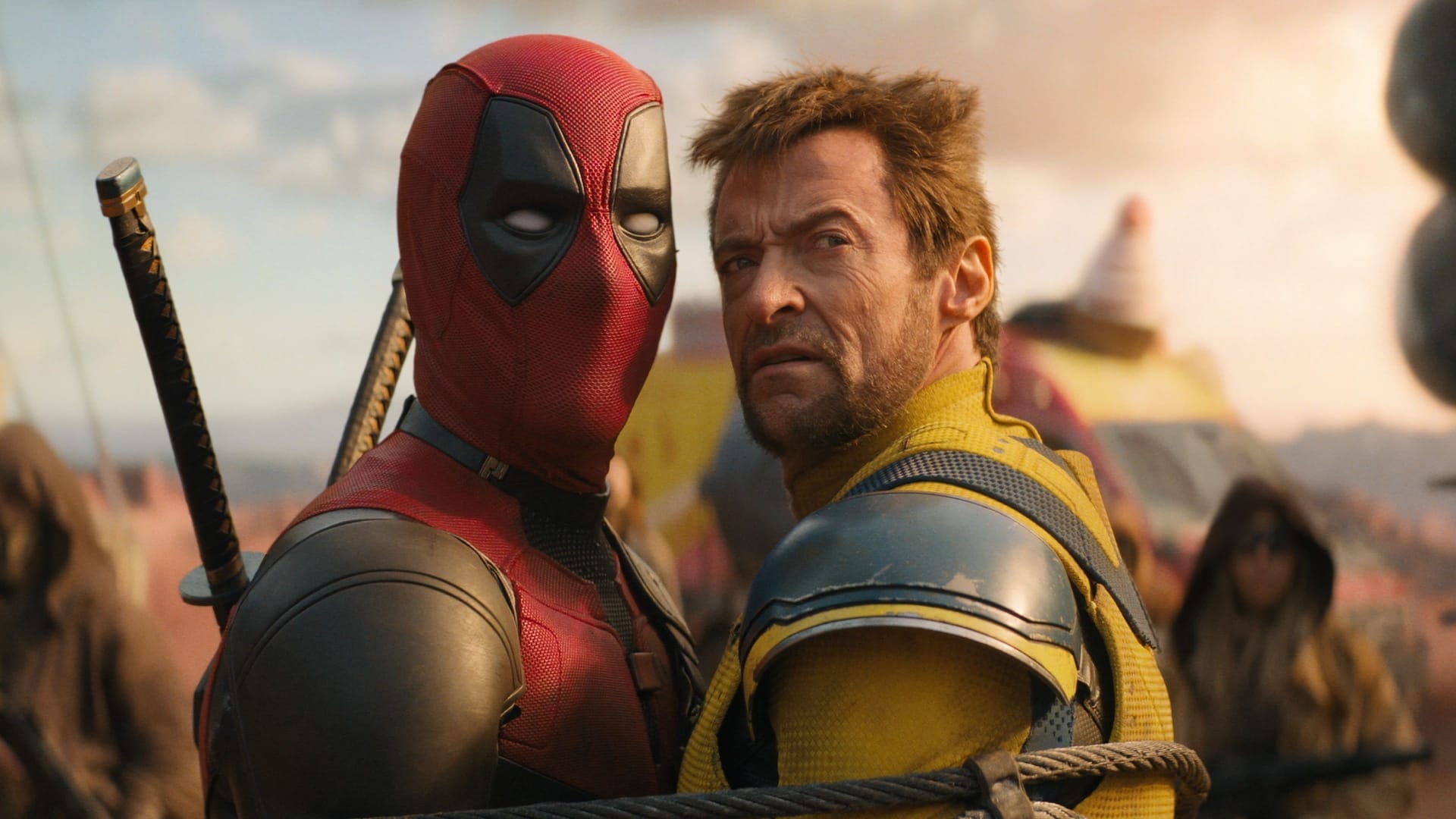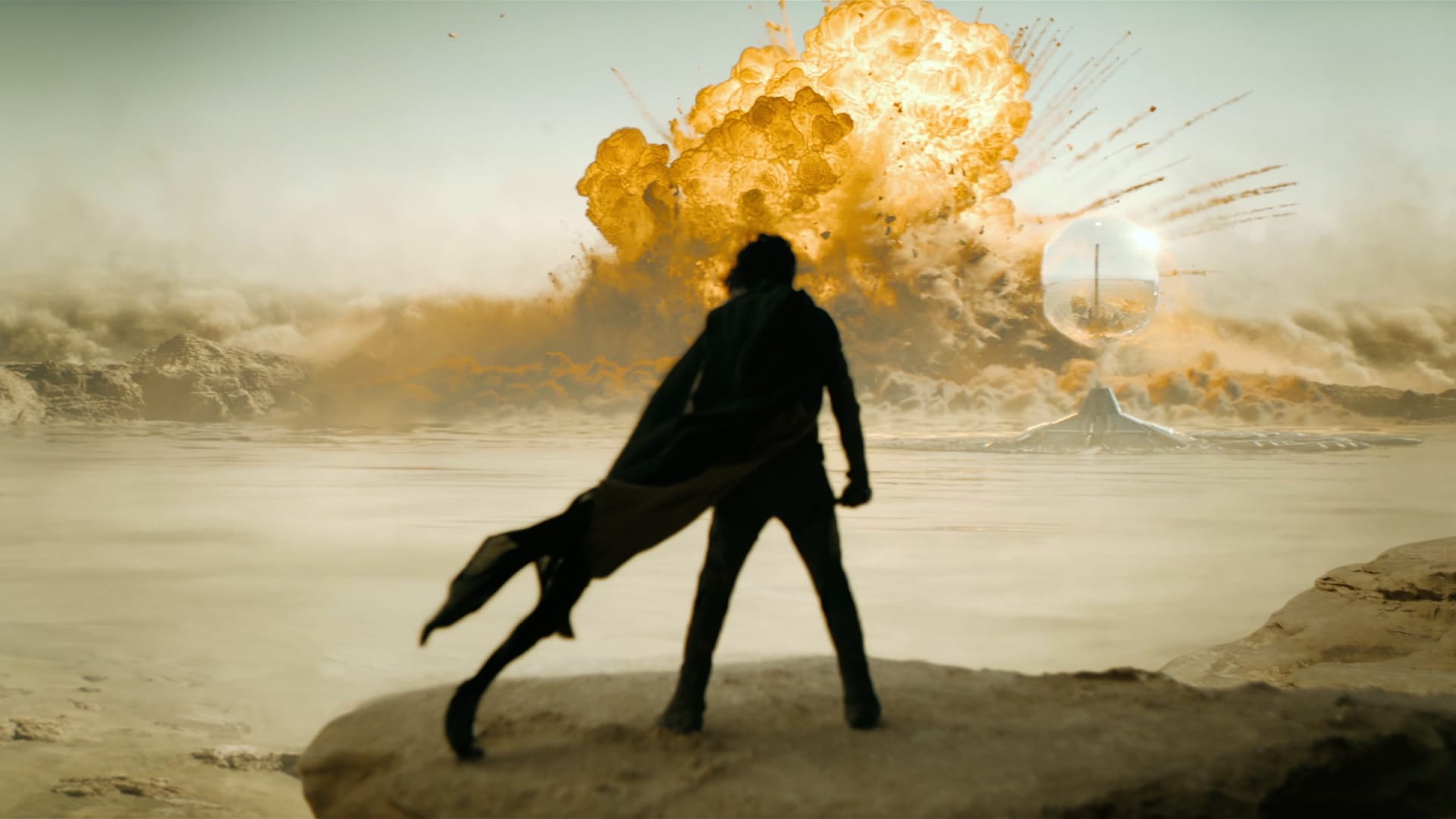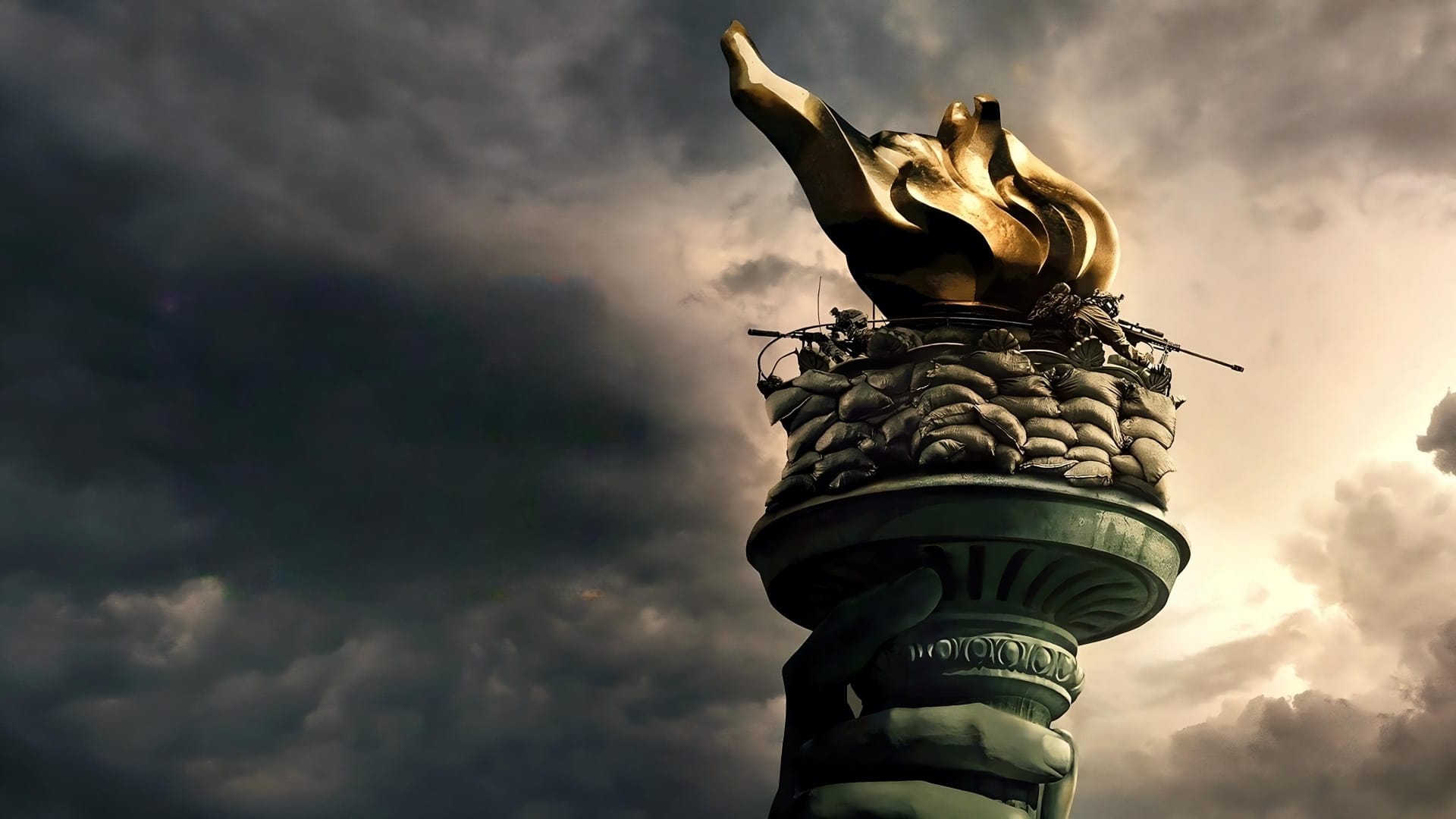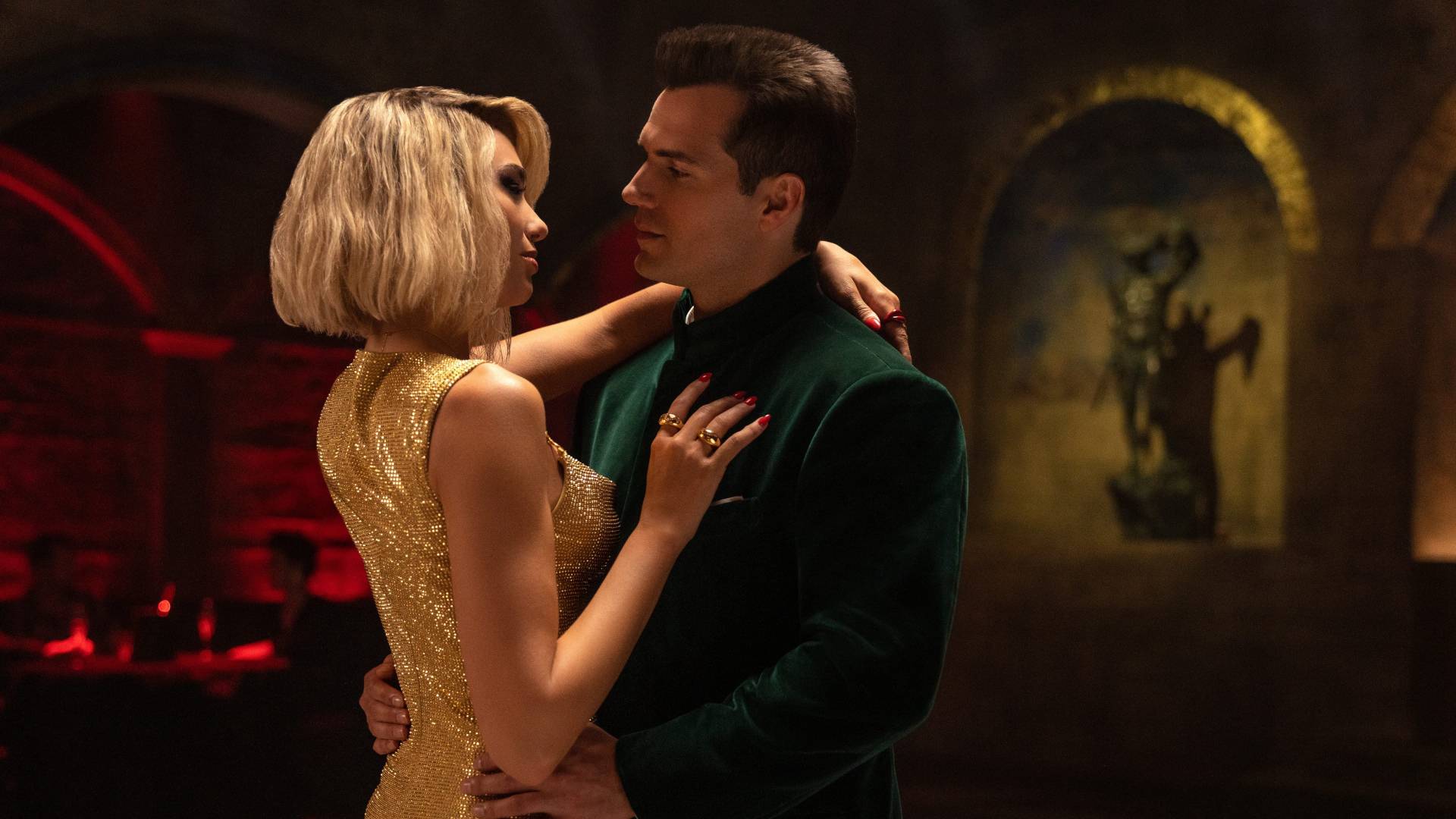Killers of the Flower Moon: A Scorsese’s Masterpiece - Movie Review
Scorsese weaves a narrative that is as much about the human condition as it is about a haunting chapter in the nation's past.
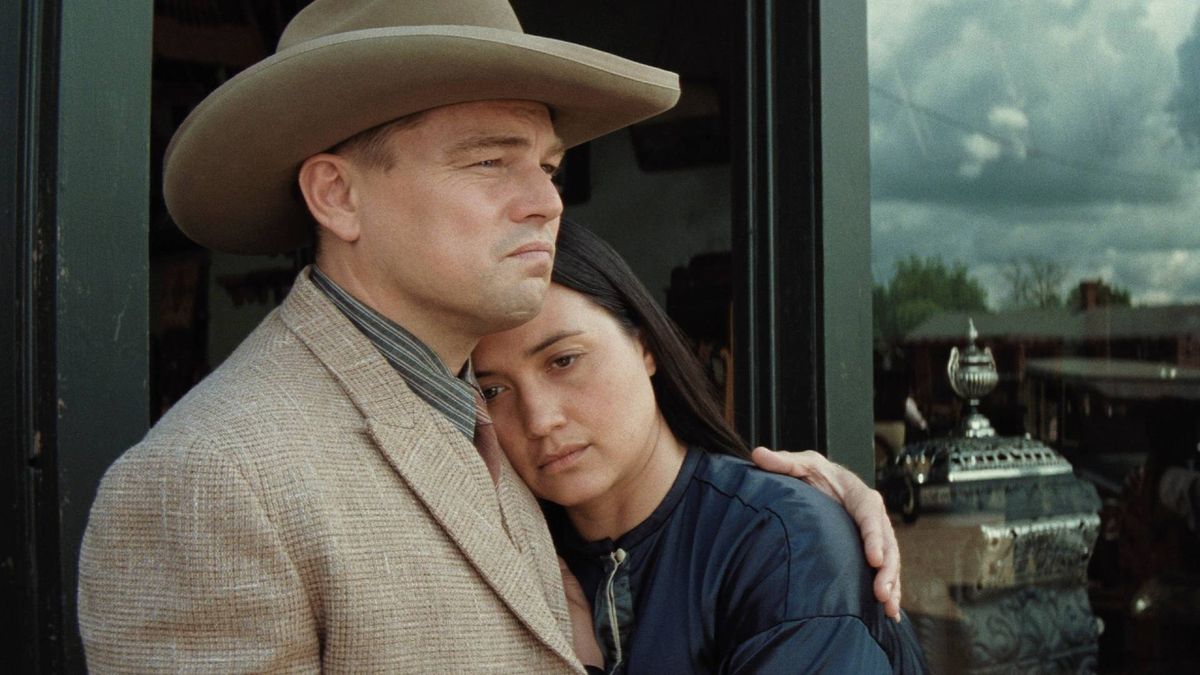
In the vast tapestry of American cinema, few films resonate with the historical intricacy and emotional depth as Martin Scorsese's Killers of the Flower Moon. It's a film that not only revisits but redefines a crucial, often overlooked chapter of American history, unfolding in the early 20th century in the Osage County of Oklahoma. Adapted from David Grann’s gripping 2017 book, Scorsese weaves a narrative that is as much about the human condition as it is about a haunting chapter in the nation's past.
At the heart of this epic lies the journey of Ernest Burkhart, masterfully portrayed by Leonardo DiCaprio. DiCaprio, who has long proven his mettle in diverse roles, plunges into the psyche of Ernest with a performance that is both harrowing and deeply human. He is the nephew of the ruthless William Hale, a role that sees Robert De Niro in one of his most formidable performances. De Niro's Hale is a figure of Machiavellian proportions, orchestrating a series of chilling crimes in the pursuit of wealth and power.

Set against the backdrop of the Osage oil boom, Scorsese brings to life a time and place teeming with energy and ambition, yet shadowed by avarice and treachery.
The narrative is steeped in the rich history and culture of the Osage Nation, whose newfound wealth from oil attracts the dark, predatory forces of the outside world. This era, known as the Osage Reign of Terror, is captured with a stark realism that is both disturbing and illuminating.
The cinematography is nothing short of magnificent. It's a canvas where the sweeping vistas of Oklahoma's prairies meet the intimate, shadow-laden interiors where plots are hatched and lives are bartered. This visual storytelling is complemented by a score that beautifully marries bluegrass with Native American rhythms, adding layers to the film’s emotional and cultural landscape.
Lily Gladstone's portrayal of Mollie Kyle, Ernest's Osage wife, is a revelation. Her performance is a masterclass in subtlety and strength, portraying a woman whose quiet dignity stands as a stark contrast to the chaos unfolding around her. The chemistry between DiCaprio and Gladstone is palpable, grounding the film with a tender, albeit complex, love story.
Scorsese, a maestro of the medium, demonstrates his unparalleled skill in blending genres. Killers of the Flower Moon is at once a romance, a western, a crime drama, and a historical epic. Yet, it transcends these labels, offering a narrative that is as unpredictable as it is engaging. Scorsese's direction ensures that the film never settles into familiar tropes, keeping the audience on a razor’s edge of suspense and emotional involvement.

Perhaps the most striking aspect of the film is its exploration of the nature of evil and the corrupting influence of power and greed.
It's a theme that Scorsese has explored throughout his career, but never with such a poignant and devastating focus on real historical events. The film is a requiem not just for the victims of these heinous crimes, but for the loss of innocence of a nation coming to terms with its own dark past.
Killers of the Flower Moon is not just a film; it’s a cinematic event. It's a powerful reminder of the capacity of cinema to enlighten, to evoke empathy, and to bear witness to the truths of our collective history. It's a masterpiece that cements Scorsese's place as one of the greatest filmmakers of our time and a must-watch for anyone who cherishes the power of storytelling at its most profound and impactful.

